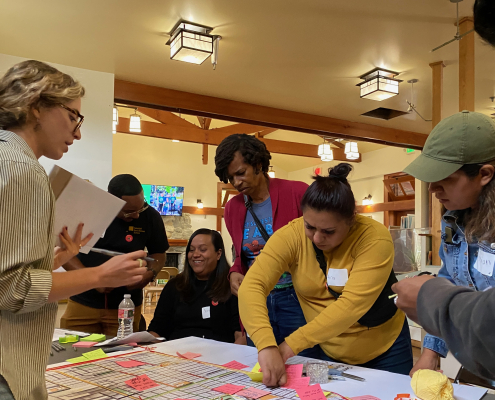
The Luskin Center for Innovation co-develops decision-making framework and toolkit that centers equity in tree planting
To help address historic underinvestment and protect against extreme heat
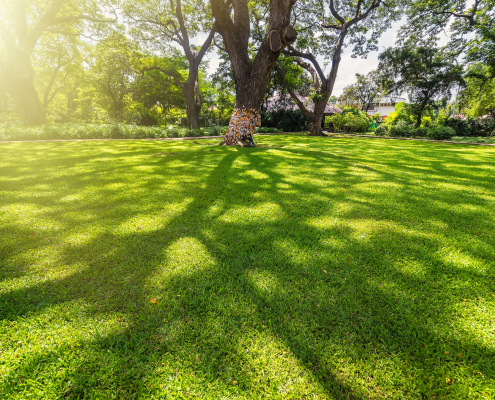 https://innovation.luskin.ucla.edu/wp-content/uploads/2025/04/iStock-1097227974-scaled.jpg
1709
2560
angela wu
https://innovation.luskin.ucla.edu/wp-content/uploads/2024/07/web-headers-2024-07.png
angela wu2024-10-14 15:51:442025-12-19 12:23:49Heat
https://innovation.luskin.ucla.edu/wp-content/uploads/2025/04/iStock-1097227974-scaled.jpg
1709
2560
angela wu
https://innovation.luskin.ucla.edu/wp-content/uploads/2024/07/web-headers-2024-07.png
angela wu2024-10-14 15:51:442025-12-19 12:23:49Heat https://innovation.luskin.ucla.edu/wp-content/uploads/2024/07/web-headers-2024-07.png
0
0
angela wu
https://innovation.luskin.ucla.edu/wp-content/uploads/2024/07/web-headers-2024-07.png
angela wu2024-10-04 22:55:242025-09-23 13:19:30Addressing Historic Underivestments in Heat-Vulnerable Communities
https://innovation.luskin.ucla.edu/wp-content/uploads/2024/07/web-headers-2024-07.png
0
0
angela wu
https://innovation.luskin.ucla.edu/wp-content/uploads/2024/07/web-headers-2024-07.png
angela wu2024-10-04 22:55:242025-09-23 13:19:30Addressing Historic Underivestments in Heat-Vulnerable Communities https://innovation.luskin.ucla.edu/wp-content/uploads/2024/05/Untitled-design-2.png
400
495
Kalani Seymore
https://innovation.luskin.ucla.edu/wp-content/uploads/2024/07/web-headers-2024-07.png
Kalani Seymore2024-05-27 08:00:072025-03-04 13:49:27Isaac Buo and Lana Zimmerman join our heat team
https://innovation.luskin.ucla.edu/wp-content/uploads/2024/05/Untitled-design-2.png
400
495
Kalani Seymore
https://innovation.luskin.ucla.edu/wp-content/uploads/2024/07/web-headers-2024-07.png
Kalani Seymore2024-05-27 08:00:072025-03-04 13:49:27Isaac Buo and Lana Zimmerman join our heat team https://innovation.luskin.ucla.edu/wp-content/uploads/2024/07/web-headers-2024-07.png
0
0
angela wu
https://innovation.luskin.ucla.edu/wp-content/uploads/2024/07/web-headers-2024-07.png
angela wu2024-04-29 17:49:472025-10-24 09:22:40Increasing Tree Cover and High-Albedo Surfaces Reduces Heat-Related ER Visits in Los Angeles, CA
https://innovation.luskin.ucla.edu/wp-content/uploads/2024/07/web-headers-2024-07.png
0
0
angela wu
https://innovation.luskin.ucla.edu/wp-content/uploads/2024/07/web-headers-2024-07.png
angela wu2024-04-29 17:49:472025-10-24 09:22:40Increasing Tree Cover and High-Albedo Surfaces Reduces Heat-Related ER Visits in Los Angeles, CA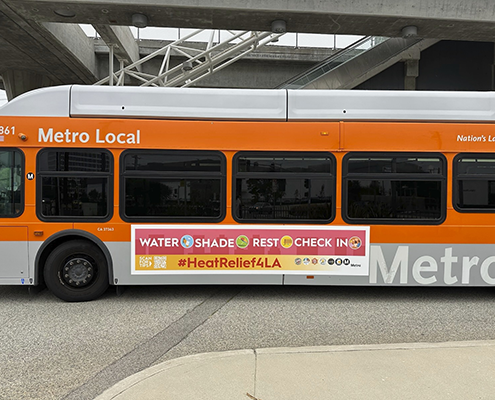
Effectively communicating about heat risk requires deep community engagement
To reach heat-impacted communities, LCI report recommends heat communicators combine outreach strategies into targeted campaigns.
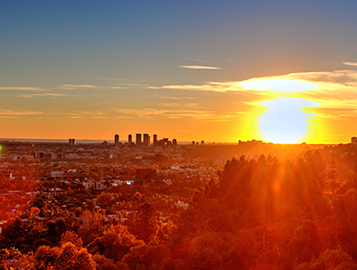
Communicating Heat Risk
A guide to inclusive, effective, and coordinated public information campaigns
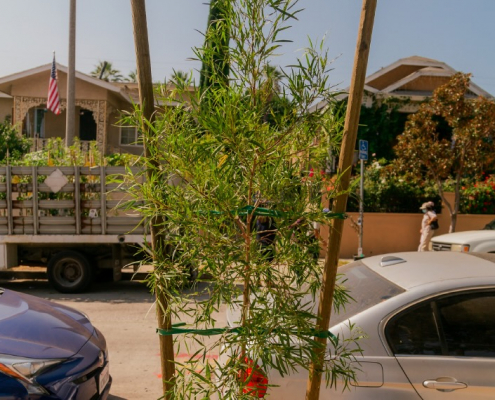
Los Angeles Urban Forest Equity Neighborhood Strategy: Sylmar
Prepared by the Los Angeles Urban Forest Equity Collective
Sylmar community engagement led by: TreePeople
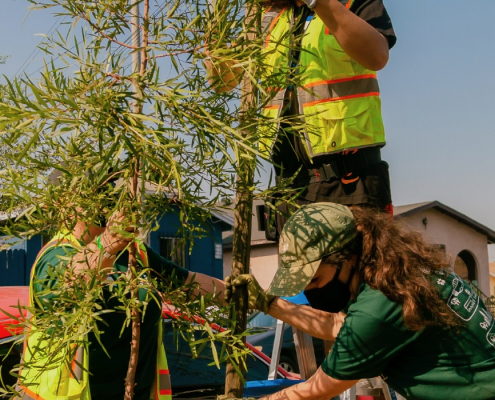
Los Angeles Urban Forest Equity Neighborhood Strategy: Central Alameda
Prepared by the Los Angeles Urban Forest Equity Collective
Central Alameda community engagement led by: South LA Tree Coalition & North East Trees

Los Angeles Urban Forest Equity: Design Guidebook
Prepared by the Los Angeles Urban Forest Equity Collective
